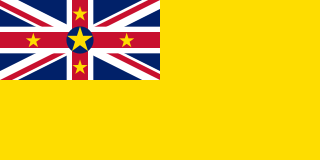
Alash Autonomy was a Kazakh state that existed between December 13, 1917, and 1918, on, approximately, the territory of the present-day Republic of Kazakhstan. The capital city was Semey, then known as "Alash-qala".

Canada is a country in the northern part of North America. Its ten provinces and three territories extend from the Atlantic to the Pacific and northward into the Arctic Ocean, covering 9.98 million square kilometres, making it the world's second-largest country by total area. Canada's southern border with the United States, stretching some 8,891 kilometres (5,525 mi), is the world's longest bi-national land border. Its capital is Ottawa, and its three largest metropolitan areas are Toronto, Montreal, and Vancouver. As a whole, Canada is sparsely populated, the majority of its land area being dominated by forest and tundra. Consequently, its population is highly urbanized, with over 80 percent of its inhabitants concentrated in large and medium-sized cities, with 70% of citizens residing within 100 kilometres (62 mi) of the southern border. Canada's climate varies widely across its vast area, ranging from arctic weather in the north, to hot summers in the southern regions, with four distinct seasons.

The Centro-Caspian Dictatorship, also called Central-Caspian Dictatorship, was a short-lived anti-Soviet administration proclaimed in the city of Baku during World War I. Created from an alliance of Russian Socialist-Revolutionaries, Mensheviks and the Dashnaks, it replaced the Bolshevik Baku Commune in a bloodless coup d'état on July 26, 1918, and fell on September 15, 1918, when Ottoman-Azeri forces captured Baku.













